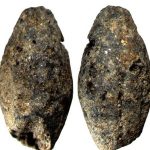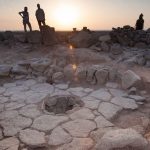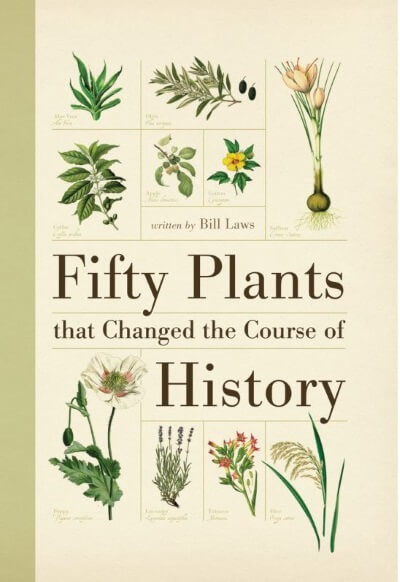The American chestnut, Castanea dentata, was an incredibly important species, for humans and our eastern deciduous forests. It quickly grew tall and wide, producing large quantities of straight, rot-resistant wood that are still supporting old buildings today. In the nineteenth century, it was estimated to comprise 25% of hardwoods in its range. The chestnut was also an important food source for wildlife and humans alike. Then in 1904, an infection on an American chestnut was first noticed at the Bronx Zoo, in New York City. It turned out to be chestnut blight, a fungus by the name Cryphonectria parasitica, and the beginning of the end of this tree in the United States.
See “American Chestnut: Ghosts of Our Eastern Forests” on the Alliance for the Chesapeake Bay website
See also: “The Most Controversial Tree in the World: Is the genetically engineered chestnut tree an act of ecological restoration or a threat to wild forests?” by Rowan Jacobsen on the Pacific Standard website (2019)







